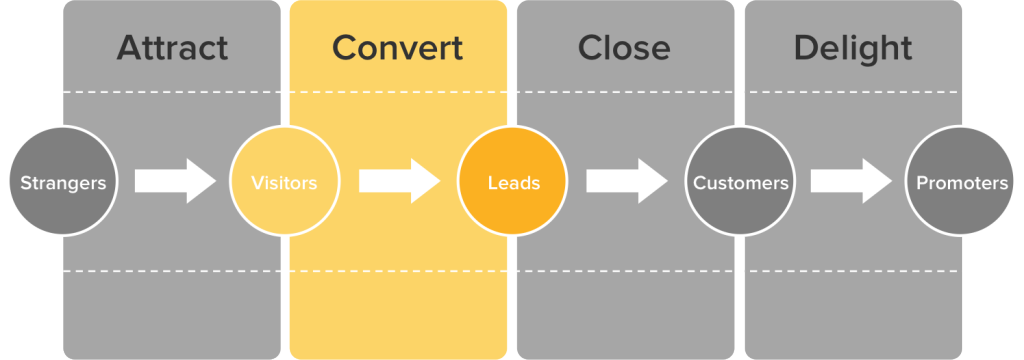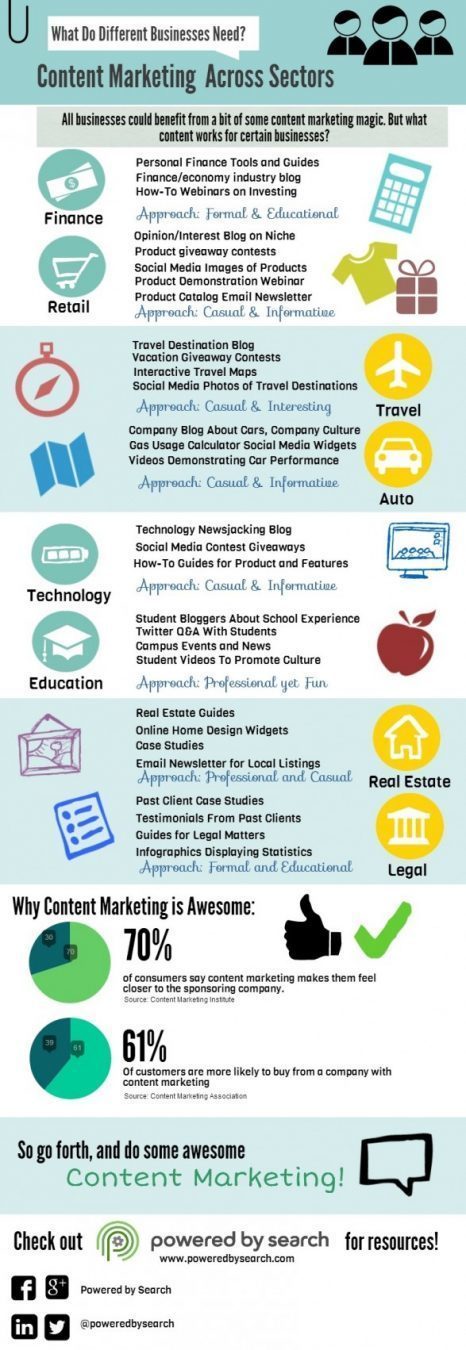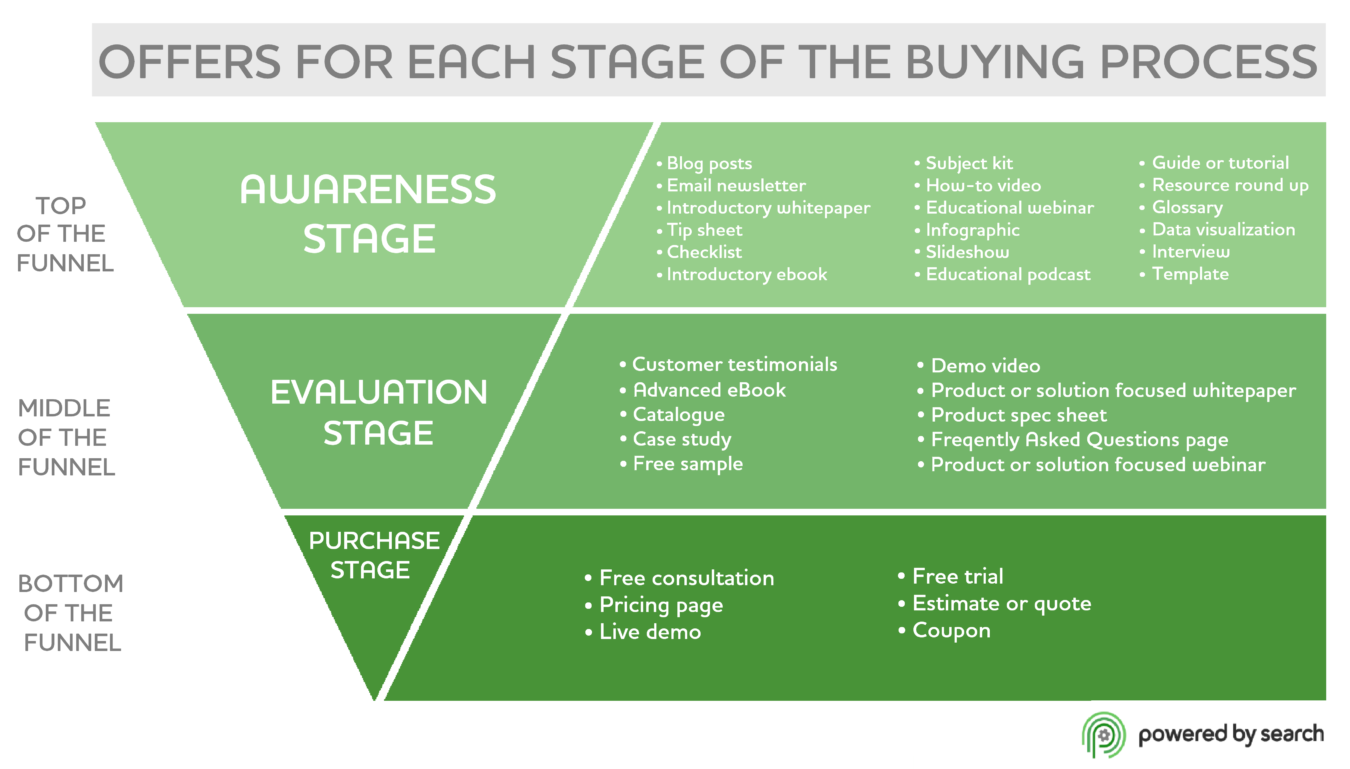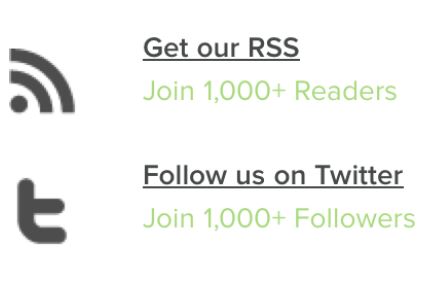The Ultimate Guide to Lead Generation
Last updated: January 21st, 2014
This blog post contains edited excerpts from our free whitepaper: The Ultimate Guide to Lead Generation. Get the full guide for more details on how to generate leads and grow your business.
You have an awesome product or service to sell. You’ve laboured intensively over your website, turning it into a masterpiece of web design. You’ve written wicked blog posts and worked on SEO. You’ve started seeing an increase in traffic. But then you look at your numbers, and you find that not enough people are buying.
So you turn to Powered by Search and you come across this page. Great! Let’s talk about lead generation and how you can find and target people who will be interested in buying your product.
The 5 Ws of lead generation
What: After you have driven traffic to your website and before customers are ready to buy your product, you have to help customers get interested in your product and target the people who are interested. Lead generation is the process of identifying people or companies who are interested in your company’s product or service. In other words, it’s generating a list of opportunities for new business.

Image source: Hubspot
Who: A lead is a potential customer.
When: A person or business becomes a lead when they indicate that they could be interested in your product or service. The key to lead generation is to capture the potential customer’s contact information at the moment when they indicate interest.
Where: Through your website.
Why: Well, for many reasons:
- According to the Hinge Research Institute, firms generating 60% of their leads online are twice as profitable as those generating less than 20% of their leads online.
- When you target someone who has already expressed a need for or interest in your product or service,
- you benefit them by offering a solution they’ve already indicated they need;
- you benefit yourself by targeting someone who is more likely to convert.
- Lead generation allows you to build your potential customers’ interest in your product or service before you try to sell them something, increasing their likelihood to buy. It makes for a smoother transition through the sales funnel.
Qualifying your leads
Not everyone who knows about your product or who stumbles onto your website is a lead. Fear not, there are ways to distinguish between the average consumer who ended up on your page through a series of haphazard clicks and the lead who is actually interested in your company’s product or service.
The average customer becomes a lead when he or she willingly provides you with their contact information. The way you collect this information and the kind of information you collect will vary depending on the nature of your business. Let’s look at two common ways of collecting lead information.
Coupons
Retail companies often find coupons useful. For example, you could offer a coupon that can only be obtained by “liking” your page on Facebook. By liking the page and downloading the coupon, the customer expresses interest in your product and becomes a lead. This method of qualifying leads not only promotes your business through social media sharing, it also gives you access to valuable information about leads through their Facebook pages.
Content
Another common method of qualifying leads is to create useful, free content, like whitepapers, ebooks, or blog posts, that can only be accessed by providing certain pieces of information. Some of the information you can collect:
- Email: The bare minimum to ask for. You can use email to contact your lead in a personalized message or engage them in an email marketing campaign.
- Name: Better to address your lead by name than a generic “Dear valued customer.”
- Company name: If you choose to collect this information, you can use it to do some background research on your lead’s industry and thus determine whether they would benefit from your product or service, and if so, how can you best market it to them.
There are all kinds of other things you could ask for, like job title, address, phone number — anything that helps you communicate with the lead and personalize your message to ensure maximum relevance.
Useful tip: The less information you ask for, the more likely people are to provide it to you. Avoid asking for information you don’t actually need.
The lead generation process
Let’s get you started on the process of generating leads. The details of the process will vary according to industry and should be further tailored to the specific needs of your particular business, but you should include at least these four steps: the offer, the call to action, the landing page and the form.
The offer
The offer is the high value content or service that you provide to your potential leads at no charge. The offer has to be relevant and valuable enough to convince people to trade you their contact information for it, so it should address one of your target population’s needs or desires. You can refer to the following infographic for suggestions on relevant offers by industry.
For B2B companies, ebooks, whitepapers, free consultations and product demonstrations are examples of great offers. For B2C companies, coupons and how-to guides are useful for potential leads.
To target the right leads and provide the maximum relevance for your would-be customers, your offer should reflect your potential lead’s position in the sales funnel.
Top of the funnel: Offer something educational and relevant to your industry, but not directly about your product or service. The goal here is only to create awareness.
Middle of the funnel: Provide content directly about your product or service.
Bottom of the funnel: At this stage, your offers should be designed to get your leads talking to one of your sales representative.
4 things that make an offer irresistible
To make your offer even more appealing, use one or more of the following:
1. The element of scarcity
Make your offer scarce (and therefore more valuable!) by limiting the length of time your offer is available or the quantity of your offer. This creates a sense of urgency to take advantage of your offer right now.
2. The bandwagon effect
Display the number of people who have already taken advantage of your offer. We humans don’t like feeling like we’re missing out. If a product is popular, we want to know why and we want to experience it for ourselves.
3. News jacking
Has there been a new development or a high interest news item in your industry lately? Leverage that by creating content that is directly related to the new development.
4. Compelling title
Grab your audience’s attention by telling them right off the bat what value they would get from your offer. You can do that by using a title that concisely and accurately describes your offer.
Next steps
By now you’re well on your way to a successful lead generation campaign. We’ve covered why your business needs a lead generation strategy, what kinds of offers you can use to generate leads, and what you can do to ensure that your offer is enticing. There is still so much left to learn! The full guide also covers:
- Calls to action
- Landing pages
- Forms
- Which channels work best for lead generation
- How to put the whole into practice
Download the full Ultimate Guide to Lead Generation!
The Ultimate Guide to Lead Generation whitepaper was written by Karen Yu.
What you should do now
Whenever you’re ready…here are 4 ways we can help you grow your B2B software or technology business:
- Claim your Free Marketing Plan. If you’d like to work with us to turn your website into your best demo and trial acquisition platform, claim your FREE Marketing Plan. One of our growth experts will understand your current demand generation situation, and then suggest practical digital marketing strategies to hit your pipeline targets with certainty and predictability.
- If you’d like to learn the exact demand strategies we use for free, go to our blog or visit our resources section, where you can download guides, calculators, and templates we use for our most successful clients.
- If you’d like to work with other experts on our team or learn why we have off the charts team member satisfaction score, then see our Careers page.
- If you know another marketer who’d enjoy reading this page, share it with them via email, Linkedin, Twitter, or Facebook.


